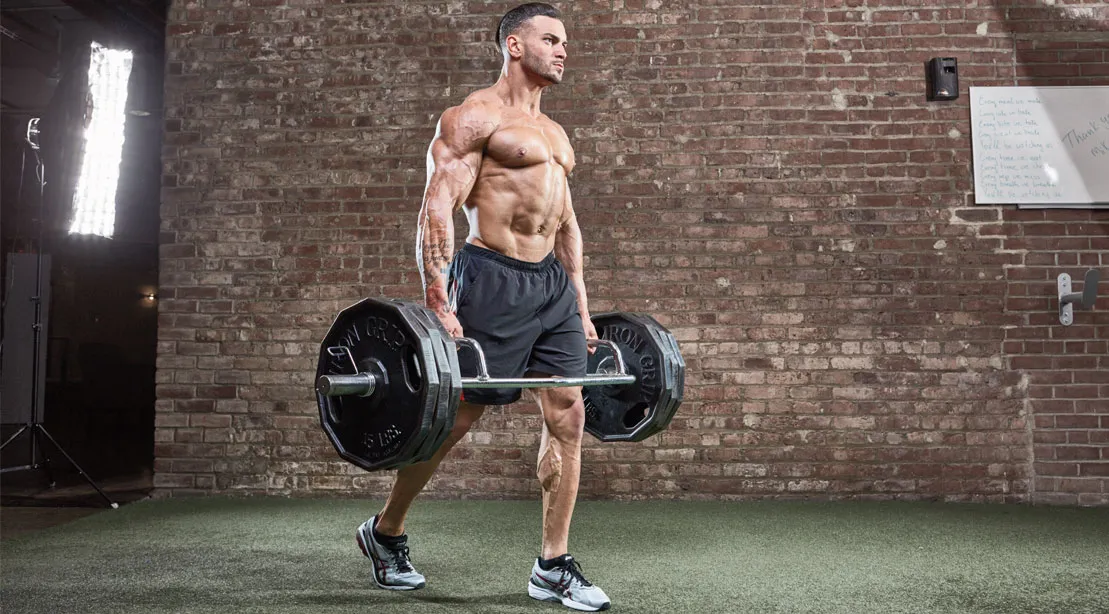Forearm strength is often overlooked in fitness routines, yet it plays a critical role in overall strength and functionality.
Whether you’re lifting weights, climbing, playing sports, or performing everyday tasks, strong forearms enhance your grip, stability, and endurance.
In this article, we’ll explore 20 of the best exercises to help you build powerful forearms and improve your performance.
Why Forearm Strength Matters
Forearm strength isn’t just about aesthetics; it has practical applications in daily life and athletic activities. A firm grip and robust forearms contribute to:
- Improved grip strength: Essential for lifting heavier weights and avoiding injuries.
- Better sports performance: Activities like tennis, golf, and climbing rely heavily on forearm endurance.
- Enhanced functionality: Everyday tasks, such as carrying groceries or opening jars, become easier.
- Injury prevention: Strengthening the forearms reduces the risk of wrist and elbow injuries.
1. Wrist Curls
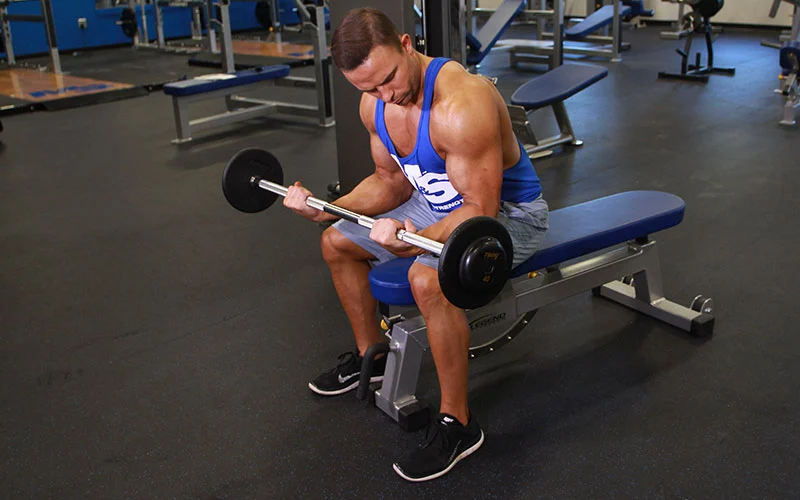
How to Do It:
- Sit on a bench and hold a barbell or dumbbell with an underhand grip.
- Rest your forearms on your thighs, allowing your wrists to hang over the edge.
- Curl the weight upward by flexing your wrists, then slowly lower it back down.
Benefits:
- Isolates the wrist flexor muscles, improving overall forearm strength.
2. Reverse Wrist Curls
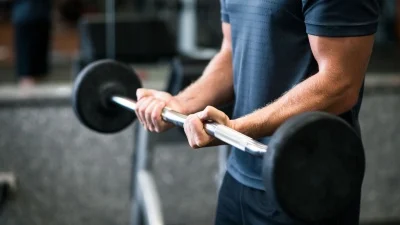
How to Do It:
- Follow the same setup as wrist curls, but use an overhand grip.
- Flex your wrists upward, targeting the extensor muscles on the top of your forearms.
Benefits:
- Balances forearm development and prevents muscle imbalances.
3. Farmer’s Walk
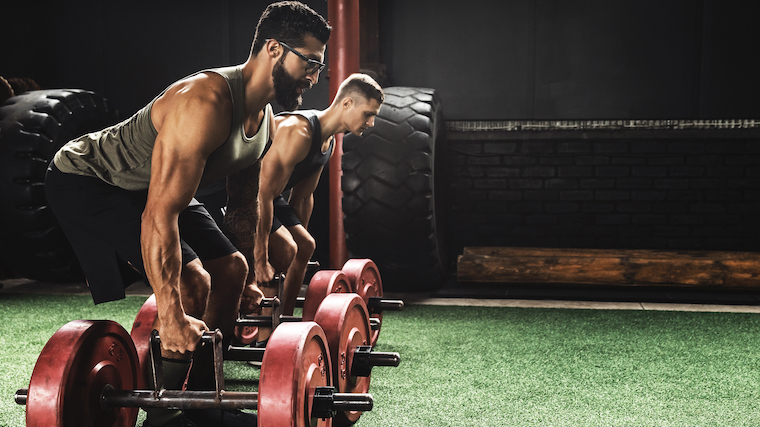
How to Do It:
- Hold a heavy dumbbell or kettlebell in each hand.
- Walk a set distance or time while maintaining a strong grip and upright posture.
Benefits:
- Builds grip strength and endurance while engaging the entire forearm.
4. Plate Pinches
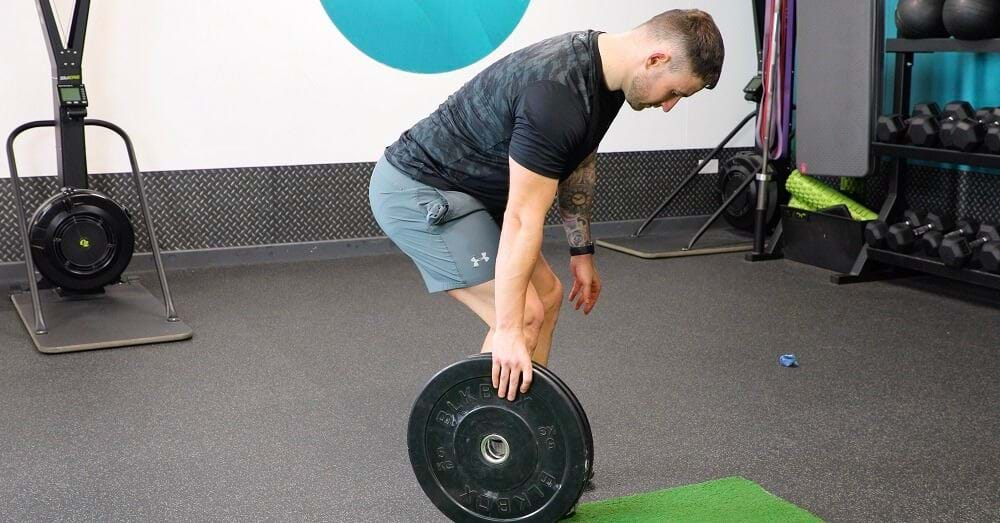
How to Do It:
- Grab two weight plates and hold them together with your fingers and thumb.
- Maintain the pinch grip as long as possible.
Benefits:
- Develops pinch grip strength, essential for various athletic activities.
5. Dead Hangs

How to Do It:
- Hang from a pull-up bar with your hands shoulder-width apart.
- Hold the position for as long as you can.
Benefits:
- Strengthens your grip and forearm endurance.
6. Towel Pull-Ups
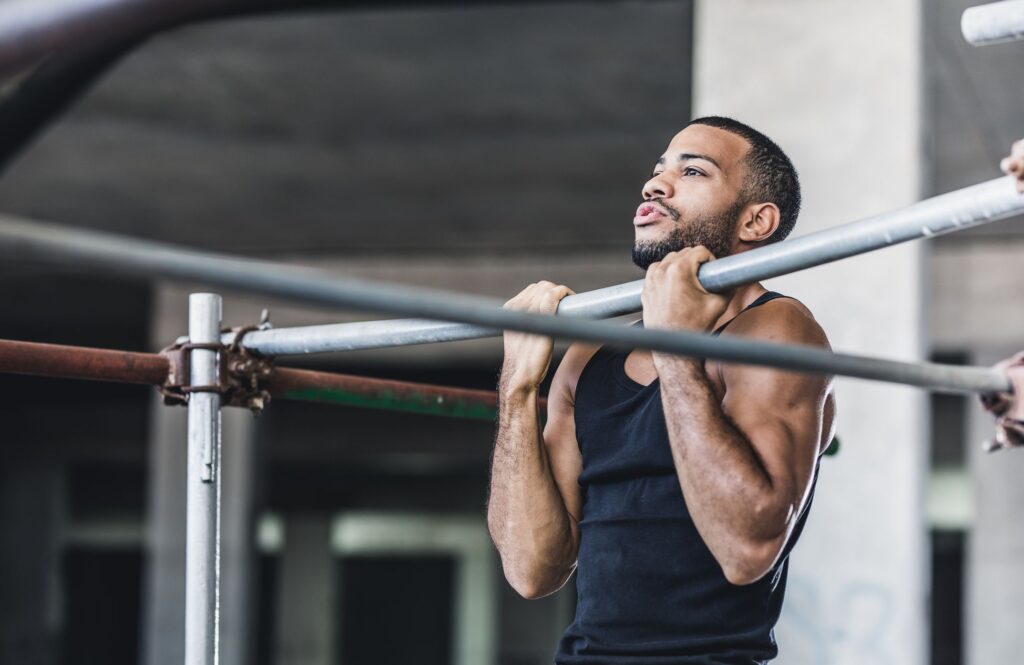
How to Do It:
- Wrap a towel around a pull-up bar and grip it tightly with both hands.
- Perform pull-ups while maintaining your hold on the towel.
Benefits:
- Enhances grip strength and forearm engagement during pulling movements.
7. Zottman Curls

How to Do It:
- Hold dumbbells with an underhand grip and perform a bicep curl.
- Rotate your wrists to an overhand grip at the top, then slowly lower the weight.
Benefits:
- Targets both the biceps and forearms for balanced arm development.
8. Hammer Curls

How to Do It:
- Hold dumbbells with a neutral grip (palms facing each other).
- Curl the weights upward, keeping your elbows close to your sides.
Benefits:
- Engages the brachioradialis, a key forearm muscle.
9. Wrist Roller
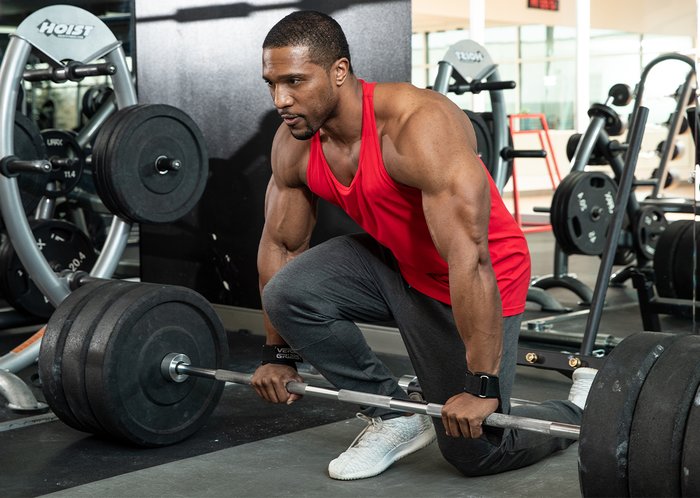
How to Do It:
- Attach a weight to a wrist roller and hold the bar with both hands.
- Roll the weight up and down by twisting your wrists.
Benefits:
- Provides a dynamic challenge to your wrist flexors and extensors.
10. Reverse Grip Barbell Curls

How to Do It:
- Hold a barbell with an overhand grip.
- Curl the weight upward, focusing on engaging your forearms.
Benefits:
- Strengthens the forearm muscles while also targeting the biceps.
11. Rope Climbing

How to Do It:
- Use a thick rope and climb it hand over hand.
- Focus on maintaining a strong grip and controlled movement.
Benefits:
- Builds grip strength, forearm endurance, and overall upper body power.
12. Hex Dumbbell Holds
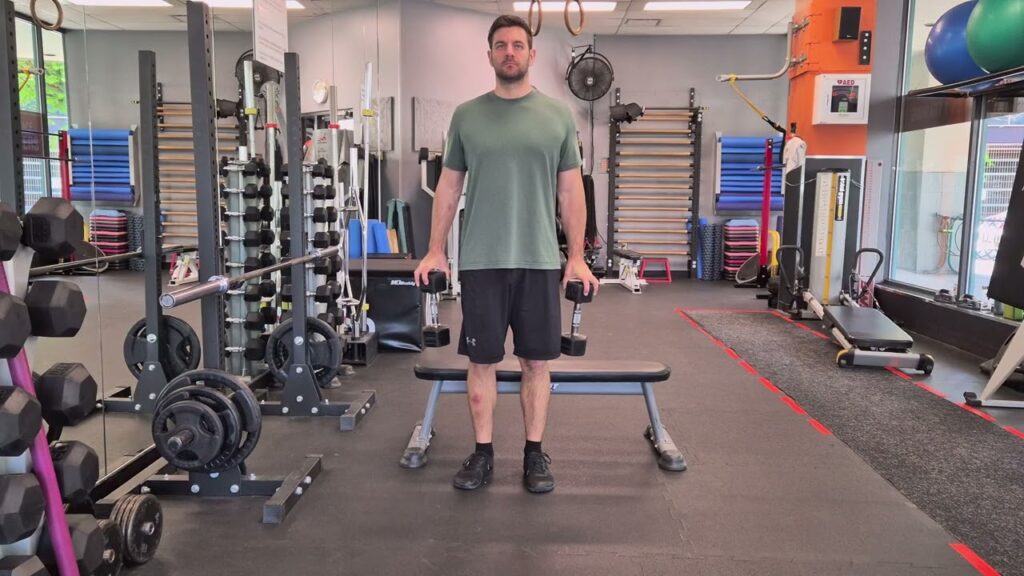
How to Do It:
- Hold a hexagonal dumbbell by its head with one hand.
- Maintain the grip for as long as possible.
Benefits:
- Improves finger and hand strength for enhanced grip stability.
13. Fingertip Push-Ups

How to Do It:
- Perform push-ups while balancing on your fingertips instead of your palms.
Benefits:
- Strengthens the fingers, hands, and forearms simultaneously.
14. Barbell Holds
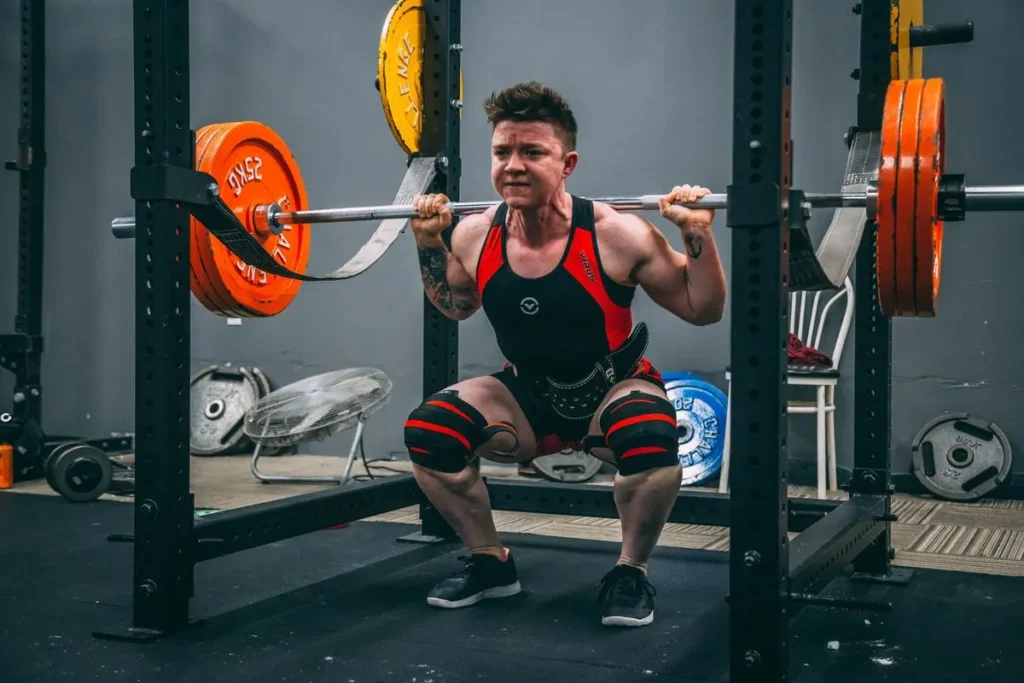
How to Do It:
- Hold a loaded barbell with both hands, keeping your arms straight.
- Focus on maintaining your grip for as long as possible.
Benefits:
- Improves static grip strength and endurance.
15. Wrist Extensions with Bands

How to Do It:
- Secure a resistance band under your foot and hold it with one hand.
- Extend your wrist against the resistance.
Benefits:
- Provides a low-impact way to strengthen wrist extensors.
16. Sledgehammer Levering
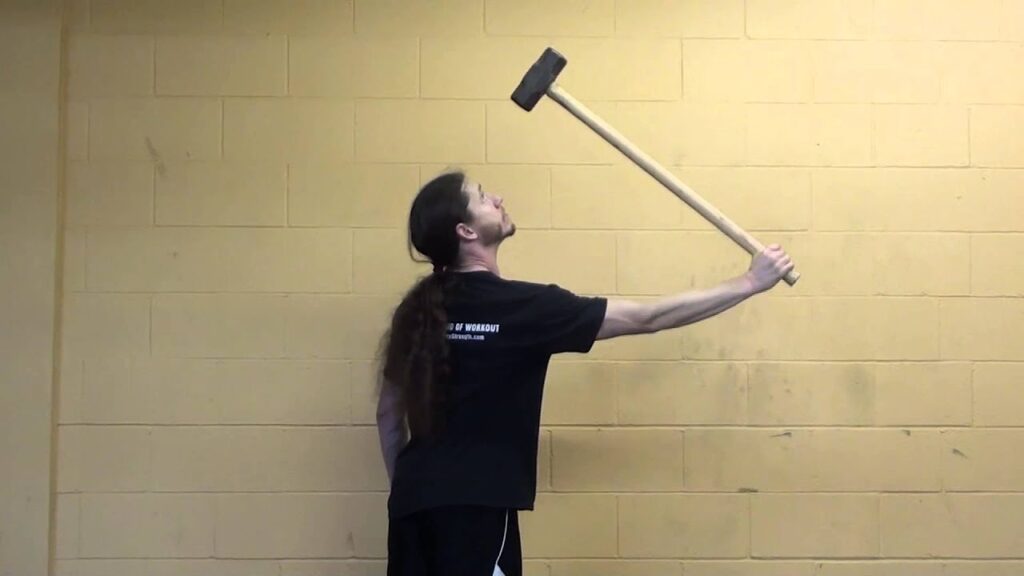
How to Do It:
- Hold a sledgehammer by the handle and lever it in different directions using your wrist.
Benefits:
- Challenges your grip and wrist stability in multiple planes of motion.
17. Grip Crushers

How to Do It:
- Use a grip strengthener or hand gripper device.
- Squeeze and release for multiple repetitions.
Benefits:
- Specifically targets hand and forearm strength.
18. Reverse Grip Dumbbell Rows

How to Do It:
- Perform a standard dumbbell row but with an overhand grip.
- Focus on squeezing your forearm muscles during the lift.
Benefits:
- Engages the forearms while also targeting the back.
19. Rope Pulls
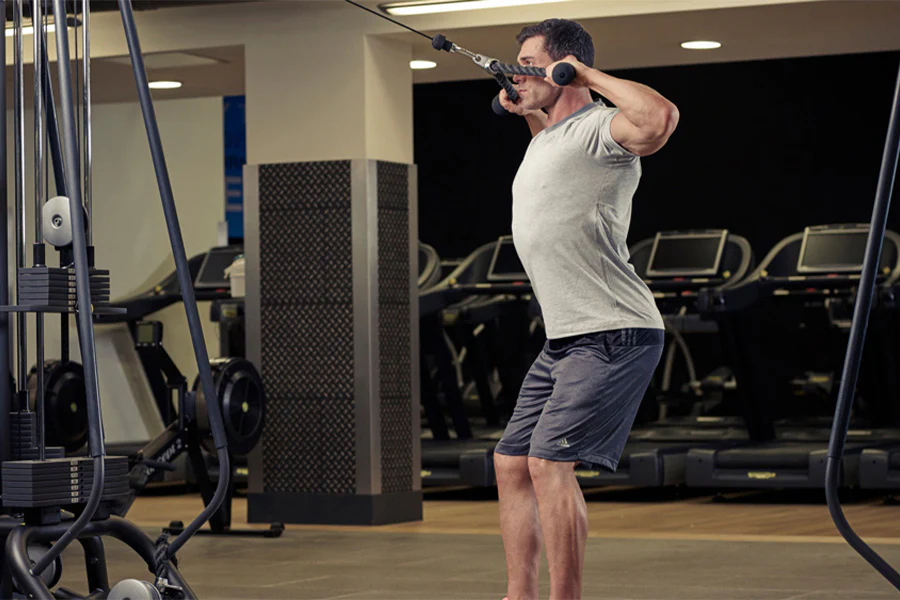
How to Do It:
- Attach a rope to a sled or resistance band.
- Pull the rope hand-over-hand to move the weight.
Benefits:
- Builds dynamic grip strength and forearm endurance.
20. Pinch Grip Deadlifts
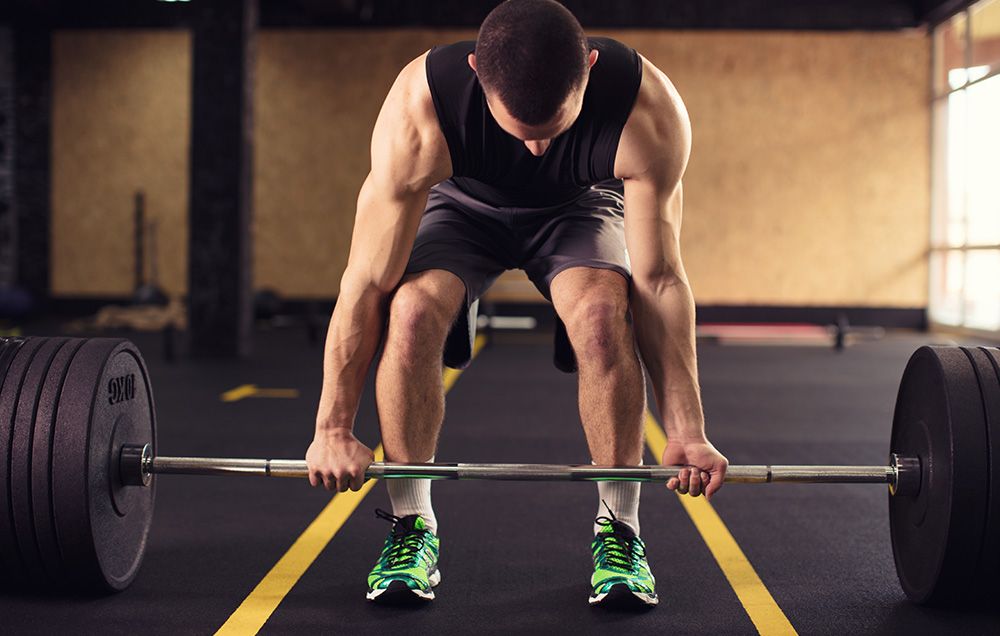
How to Do It:
- Use weight plates with smooth edges and grip them between your fingers and thumbs.
- Lift the plates off the ground and hold for a few seconds.
Benefits:
- Focuses on pinch grip strength, enhancing overall forearm power.
Pro Tips for Maximizing Results
- Focus on form: Avoid using momentum or compensating with other muscle groups.
- Incorporate variety: Rotate between these exercises to target all forearm muscles.
- Train consistently: Aim for 2-3 sessions per week to build strength and endurance.
- Progress gradually: Increase weights or repetitions over time to challenge your muscles.
Frequently Asked Questions (FAQ)
How often should I train my forearms?
Training your forearms 2-3 times per week is ideal, allowing for adequate recovery while building strength.
Can I train forearms without equipment?
Yes, exercises like dead hangs, fingertip push-ups, and towel pull-ups require little to no equipment.
How long does it take to see results?
Consistent training and proper nutrition can yield noticeable results in 4-6 weeks.
Should I train forearms on the same day as other muscle groups?
You can train forearms with your upper body or dedicate a separate session, depending on your schedule and goals.
Are forearm exercises suitable for beginners?
Absolutely! Start with lighter weights and focus on proper form to build a solid foundation.
Building powerful forearms doesn’t happen overnight, but with these exercises and consistent effort, you’ll notice significant improvements in strength, functionality, and aesthetics.
Whether you’re an athlete, a gym enthusiast, or someone seeking better grip strength, these 20 exercises will help you reach your goals.
